- Experts warn that in the future, drought will become the norm in all Central Asian countries
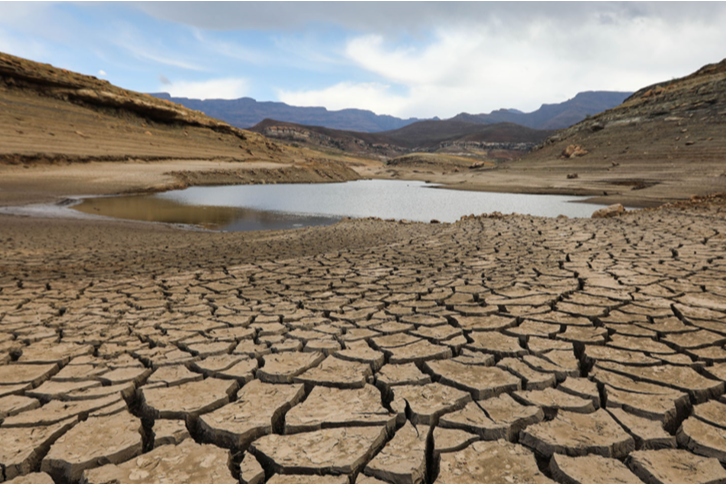
Do these countries have enough time to avoid this situation? Why does the lack of water cause power outages in this area?
Encounter high temperature
Since the beginning of June, temperatures in Central Asian countries have risen abnormally. In some areas of Tajikistan, the air warmed to 48 degrees, Uzbekistan 44 degrees, Kazakhstan 40 degrees, and Kyrgyzstan 37 degrees. The weather continued to be hot in July, and the amount of water in the river became less. Therefore, according to Kazakhstan’s National Hydrometeorological Service, 6 of the country’s 14 states are facing severe droughts. President Tokayev drew attention to the peasants' plight. “Due to the weather, the situation in Mangistau and Kyzyl-Orda regions is particularly difficult. In Mangistau region alone, there are 3,000 cows that have fallen,” the head of state said.
Due to lack of water, farmers in Chuhe Oblast of Kyrgyzstan may not have much harvest. As early as June, out of the 100,000 hectares planted, about 6,000 hectares dried up. The National Water Authority warned that the shallowing of the river in July will only intensify.
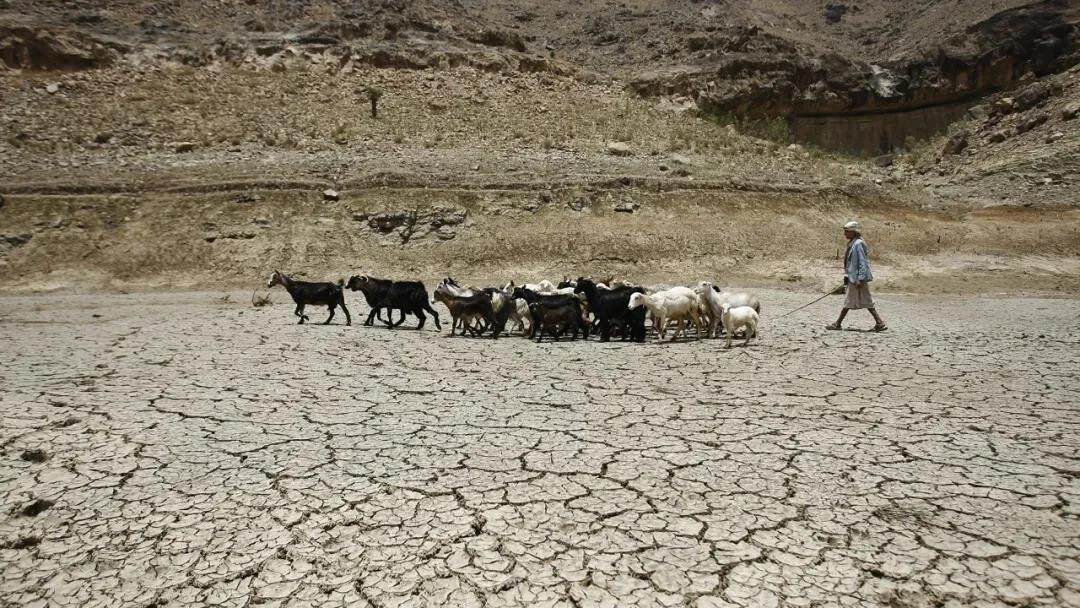
The drought in Central Asia not only threatens agriculture. Alexei Maslov, dean of the Faculty of Oriental Studies at the Higher School of Economics, said the consequences could be much more serious. “When the temperature exceeds 40 degrees, the reservoir begins to dry up. The water level in Toktogul, Kyrgyzstan’s largest reservoir, is already alarmingly low: less than 9 billion cubic meters, which should normally be 19.5 billion. This is a great deal for farmers. Warning. Drought is very dangerous and threatens hydroelectric power generation. For Kyrgyzstan, hydroelectric power plants provide up to 40% of the country’s internal demand. Another consequence of drought is fire. There is a 30% chance of occurrence." He explained .
Experts admit that this year's drought is inevitable, but what is more worrying is that this phenomenon is becoming the norm and increasing year by year.
Used to living in scarce environments
The water shortage problem of Central Asian countries is simultaneously affected by many factors. The first is that agriculture has a high demand for irrigation. Albert Beloglazov, an expert at the Institute of Central Asia, said that the main crops grown in the region—cotton, rice and melons—need to be watered every day.
"The wear and tear of the irrigation system created in the Soviet era led to huge water losses (up to 50%). The water use system of hydropower facilities had an adverse effect on this situation. In summer, water would accumulate in the reservoir and farmers would not be able to use it. In order to generate extra When watering is no longer needed in winter, the water will be discharged into the river.” He added.
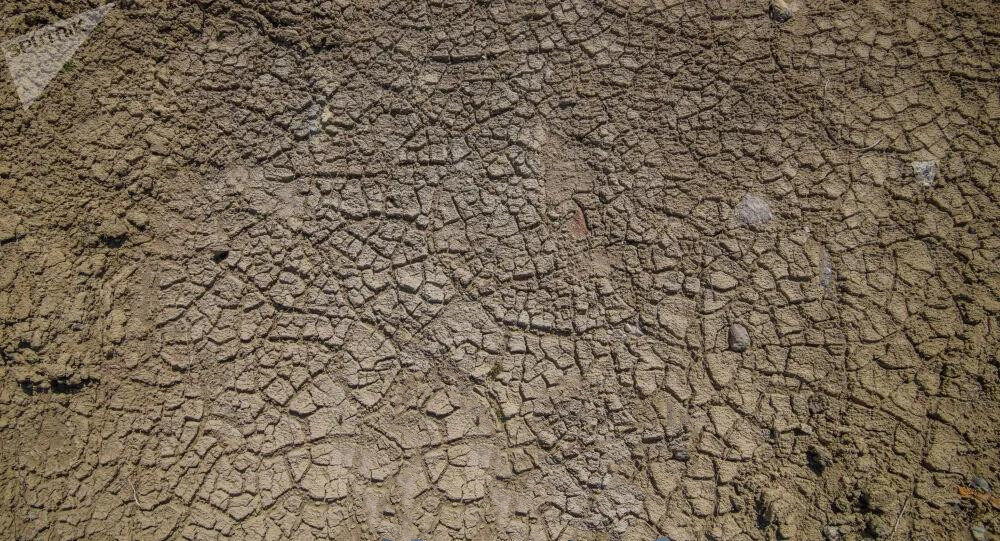
The expert went on to say that with the rapid growth of the population of Central Asia (about 49 million people at the end of the Soviet period, now more than 75 million), the increase in industrial production and the expansion of crops will increase the demand for water. The scarcity of will also increase. We should not forget the global climate change issue. By the end of this century, Central Asia may heat up by 7 degrees. Albert Belogradsov emphasized that this will lead to the desertification of the territory and the drying up of rivers and lakes.
The increase in average annual temperature will accelerate the melting of the glaciers that fill the rivers and reservoirs of the region. The two main waterways, Amu Darya and Syr Darya, may shrink by 10-15% by 2030. Aziz Niaz, a senior researcher at the Oriental Institute of the Russian Academy of Sciences, said that as a result, the productivity of hydropower plants will decline (according to the World Bank’s forecast, it will drop by 20% by 2050).
Maslov said that the unequal distribution of water resources is another reason for the shortage. Uzbekistan and Kazakhstan have the most serious water shortage problems because these countries are located downstream of major rivers.
"Our water supply depends mainly on the economic policies of other countries. The Syr Darya River-depends on Uzbekistan, Kyrgyzstan and Tajikistan. The Chu River and the Taras River depend on Kyrgyzstan. The Ili River depends on China, and the Ural River depends on Russia. If they don’t share water, we will run into shortages.” said Badashev, a former member of the Kazakhstan Water Resources Commission.
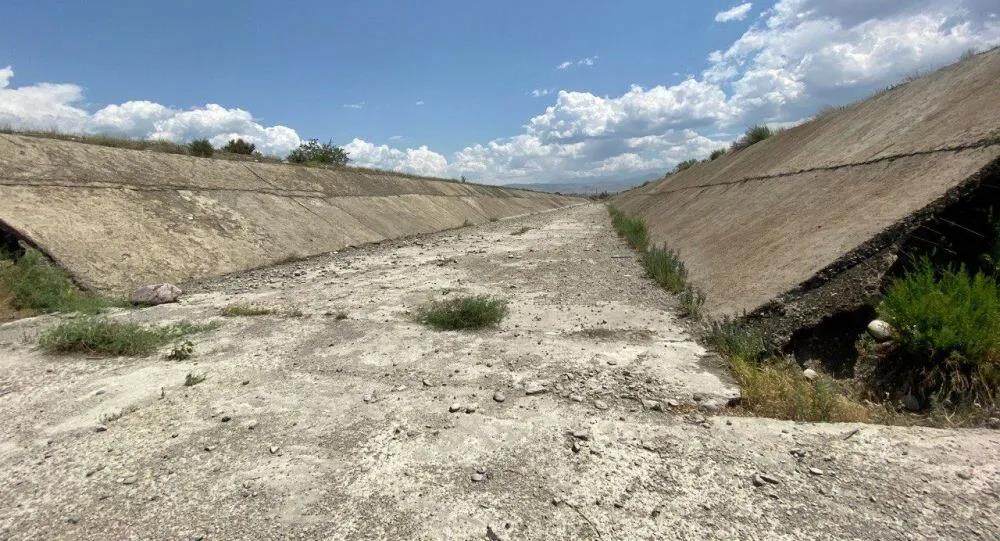
The situation in Tajikistan and Kyrgyzstan is better. Albert Belogradsov said that up to 85% of the surface water in the region is formed on the territories of these countries.
Even so, countries will not be able to avoid water shortages. Andrei Kazantsev, professor of world economics and politics and chief researcher, added that the old water supply infrastructure, which has not been upgraded since the Soviet era, is the culprit.
Mikhail Borgov, head of the Surface Water Simulation Laboratory of the Institute of Water Problems of the Russian Academy of Sciences, said that to some extent, the problem in all countries in the region is the inefficiency of irrigation and land reclamation technologies. According to him, modern irrigation methods, such as drip irrigation, are only used on a small part of agricultural land. All other areas are using flood irrigation.
Waiting for overhaul
Albert Belogradsov believes that only by coordinating efforts in both technical and political aspects can Central Asian countries overcome the problem of water shortages.
In the first case, countries must modernize the irrigation systems of the "downstream" countries (Kazakhstan and Uzbekistan), and build new hydraulic structures in the "upstream" countries (Kyrgyzstan and Tajikistan) so that water flows control.
This kind of project requires a lot of financial investment. No country in the region alone can provide this level of investment. Therefore, the most correct step is to establish a regional agency to manage the entire water sector.
Igor Savin, a senior researcher at the Oriental Institute of the Russian Academy of Sciences, said that in the short term, Central Asian countries have two options. The first is to minimize water loss by switching to drip irrigation. The second is to abandon water-intensive crops, mainly cotton and rice.
"We can take the Chinese road and dig deep wells to pump water from the deep layers of the earth. But this is expensive, and the water produced is drinking water, not suitable for irrigation. Another option is to treat rivers in Kyrgyzstan and Kazakhstan. Diversion and widening so that they can better supply space. But this also involves the issue of funding." Alexei Maslov believes. Editor/Tian Zengpeng
Comment
 Praise
Praise
 Collect
Collect
 Comment
Comment
 Search
Search


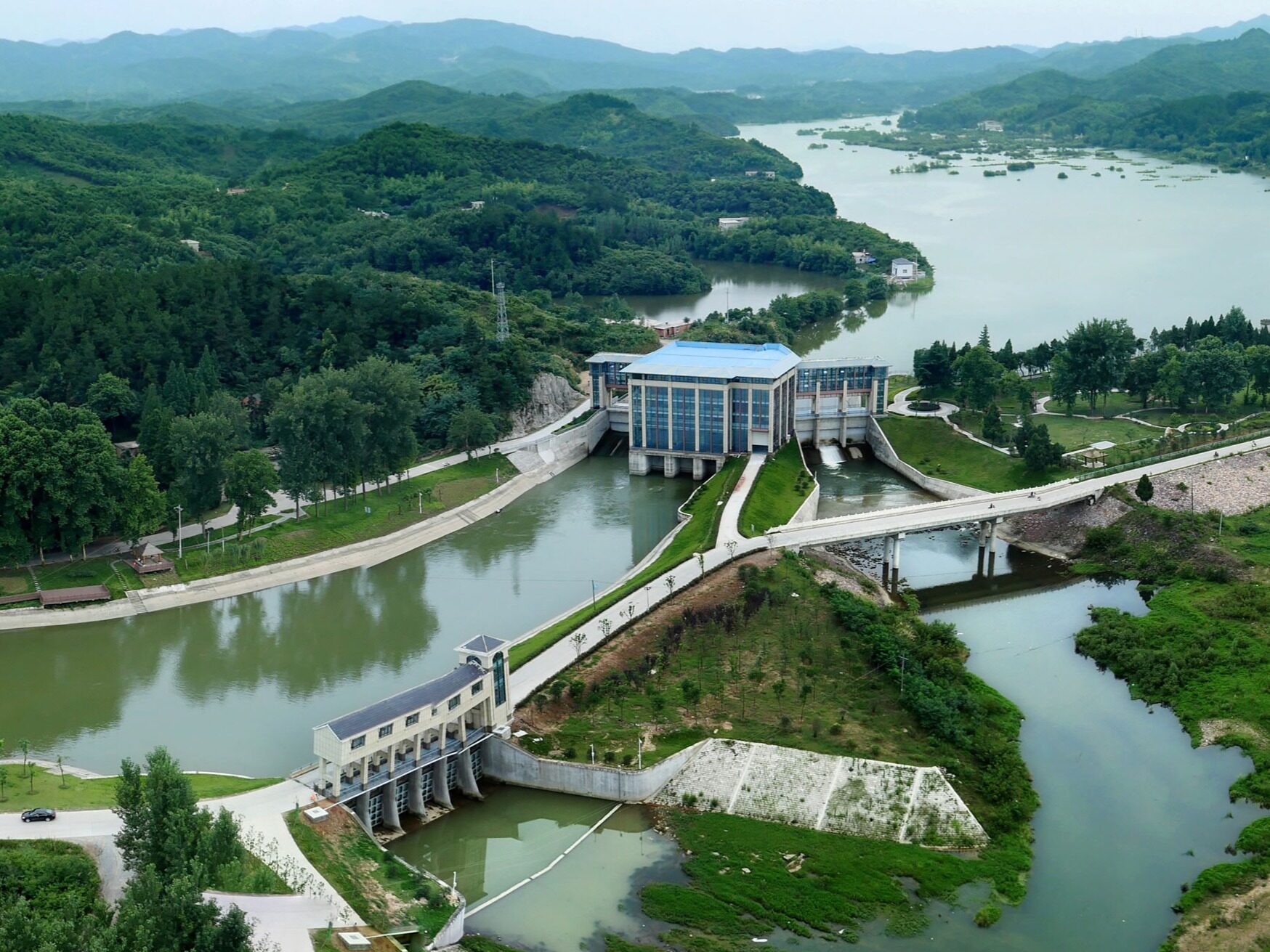

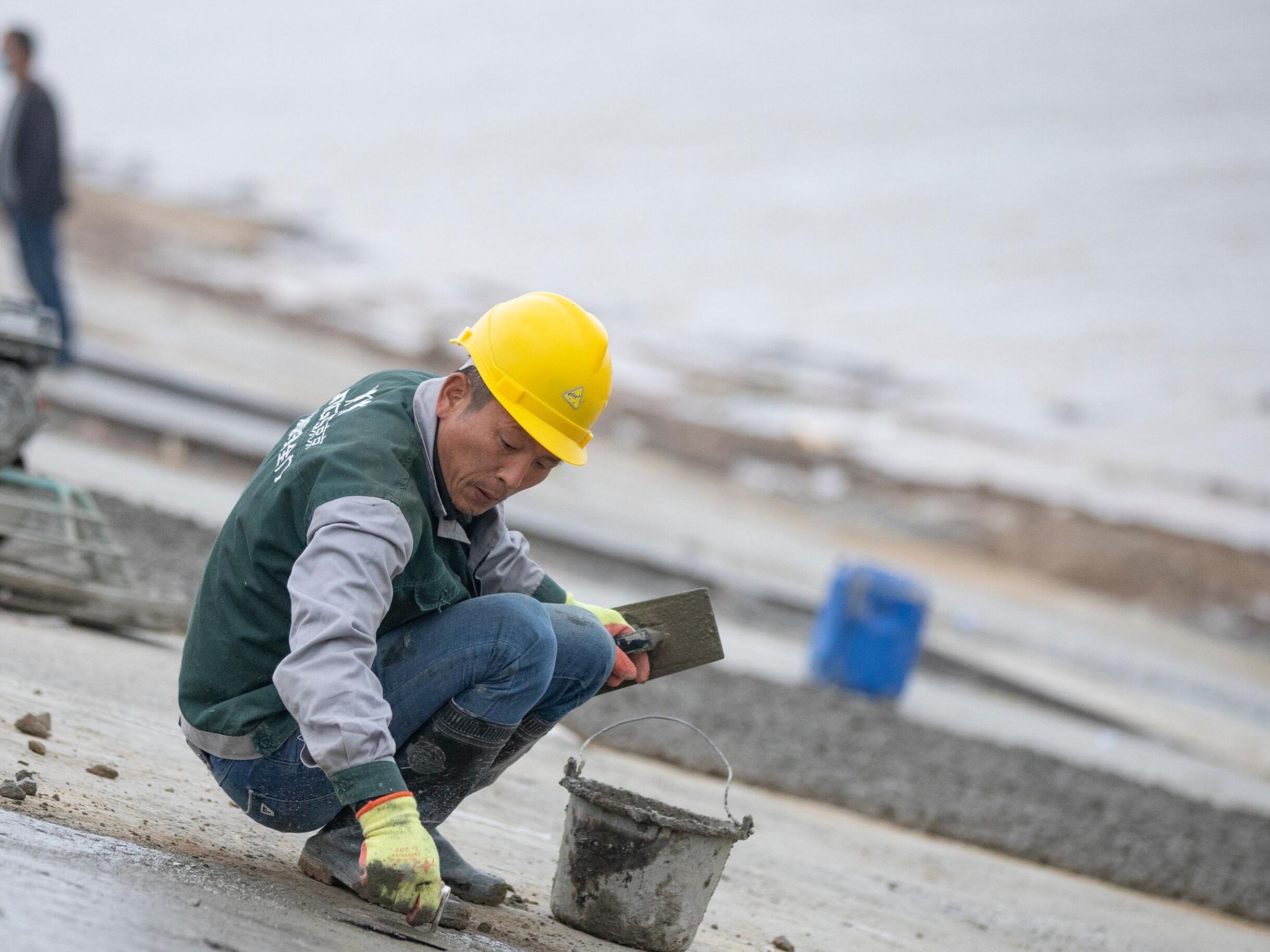
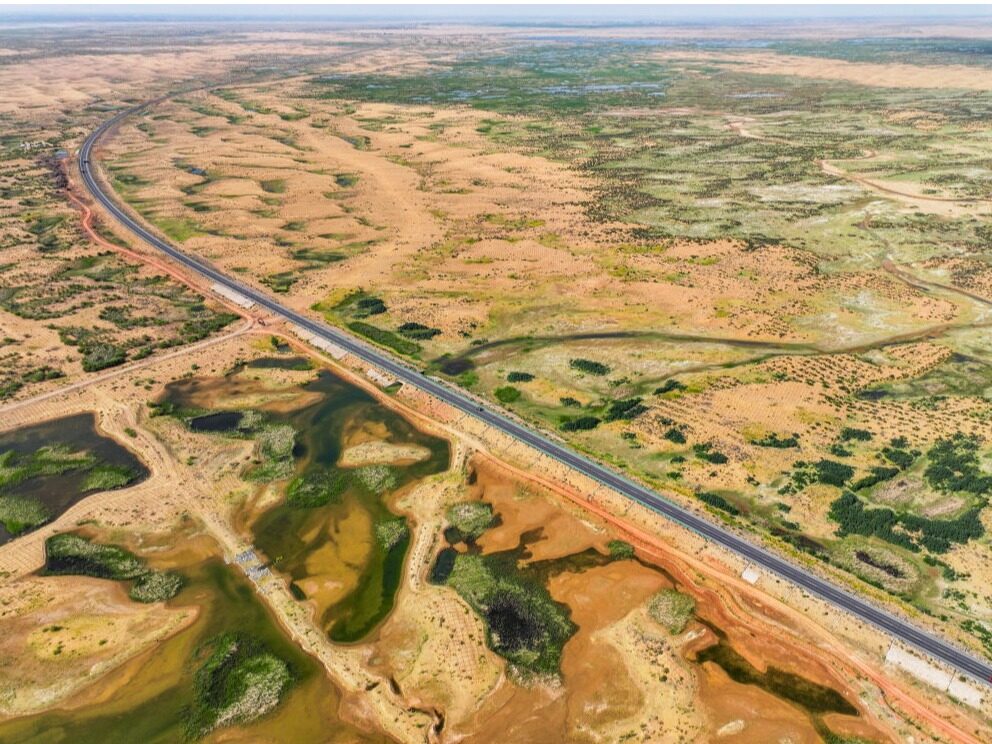
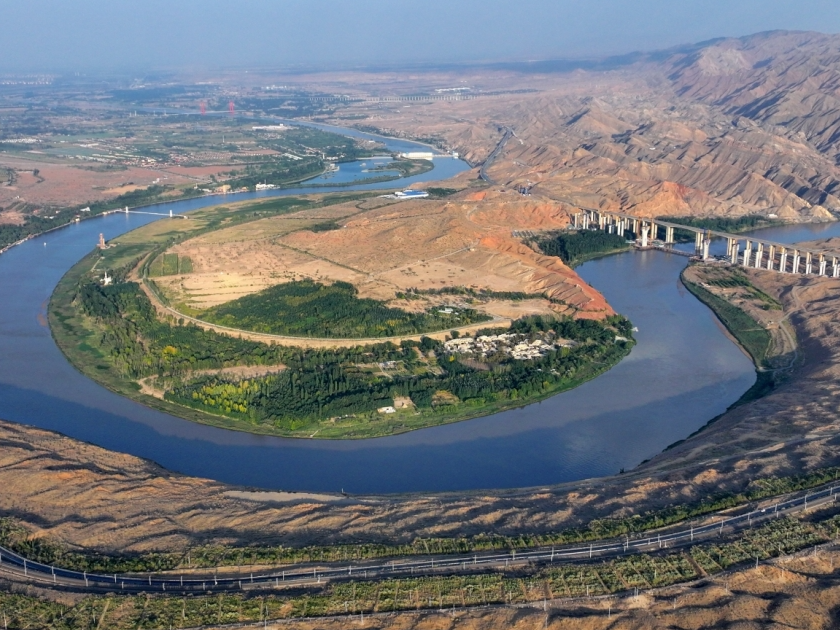
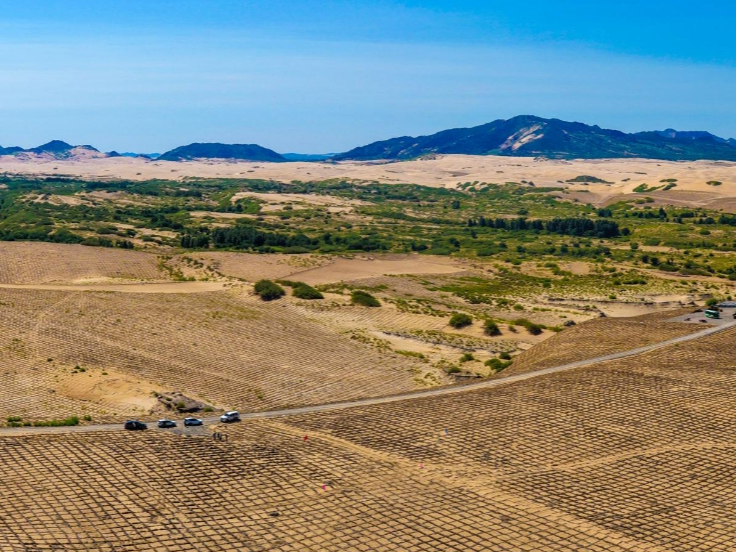






Write something~